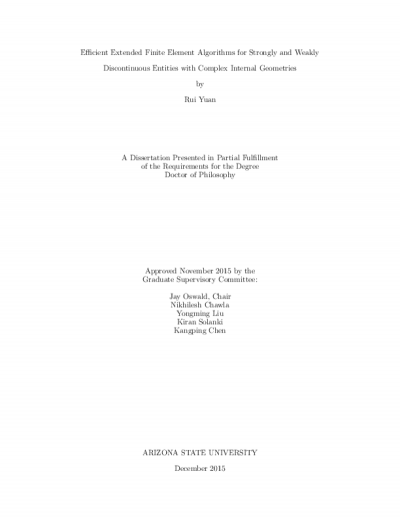Mechanisms for kink band evolution in polymer matrix composites: a digital image correlation and finite element study

In a light to bridge the aforementioned gaps, the primary focus of this work is to understand mechanisms for kink band evolution under an influence of stress-gradients induced during bending. Digital image correlation (DIC) is used to measure strains inside and around the kink bands during 3-point bending of samples with 0°/90° stacking made of Ultra-High Molecular Weight Polyethylene Fibers. Measurements indicate bands nucleate at the compression side and propagate into the sample carrying a mixture of large shear and normal strains (~33%), while also decreasing its bending stiffness. Failure was produced by a combination of plastic microbuckling and axial splitting. The microstructure of the kink bands was studied and used in a microstructurally explicit finite element model (FEM) to analyze stresses and strains at ply level in the samples during kink band evolution, using cohesive zone elements to represent the interfaces between plies. Cohesive element properties were deduced by a combination of delamination, fracture and three-point bending tests used to calibrate the FEMs. Modeling results show that the band morphology is sensitive to the shear and opening properties of the interfaces between the plies.
- Author (aut): Patel, Jay K
- Thesis advisor (ths): Peralta, Pedro D
- Committee member: Oswald, Jay
- Committee member: Jiang, Hanqing
- Committee member: Solanki, Kiran
- Committee member: Ayyar, Adarsh
- Publisher (pbl): Arizona State University








